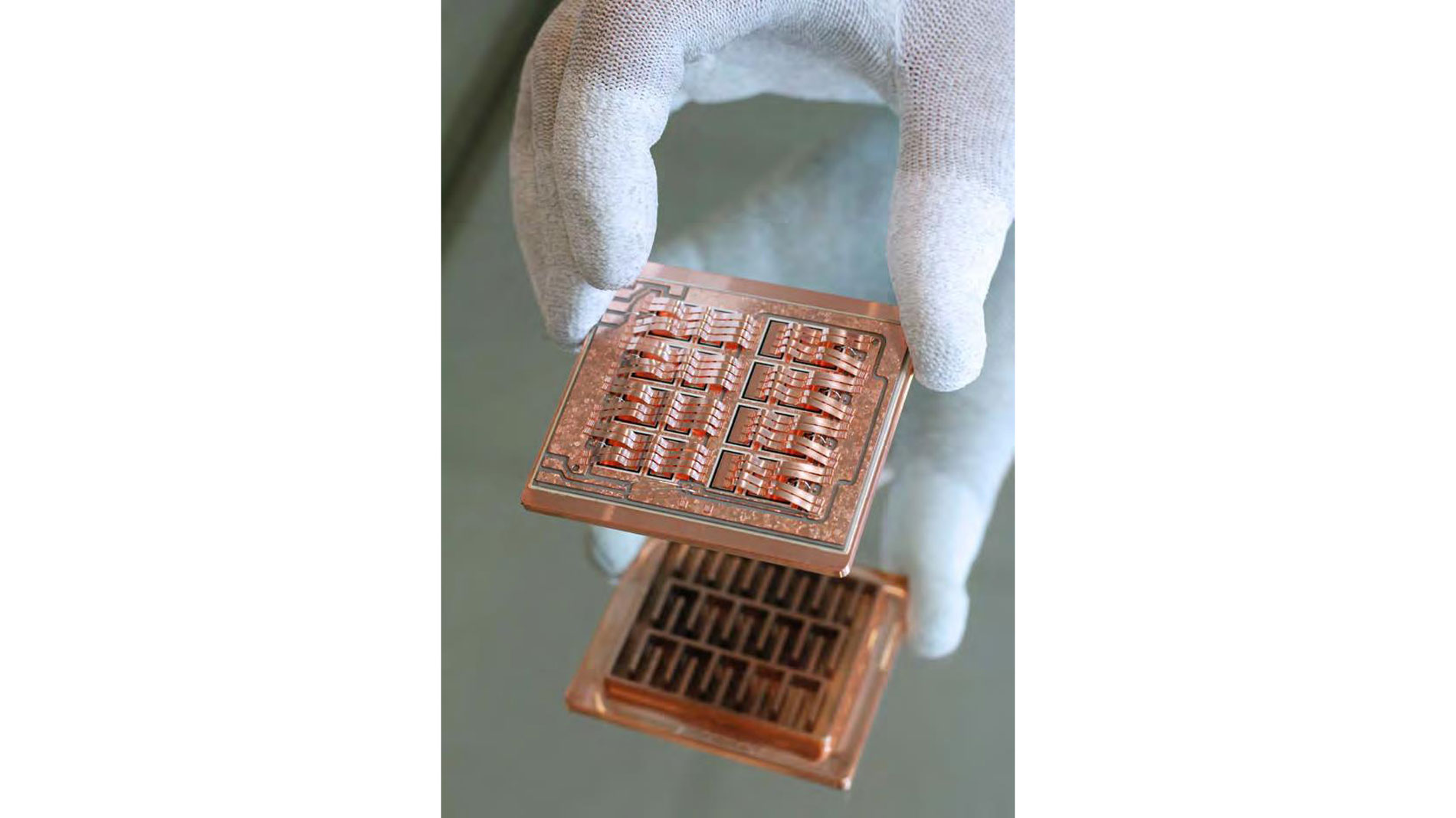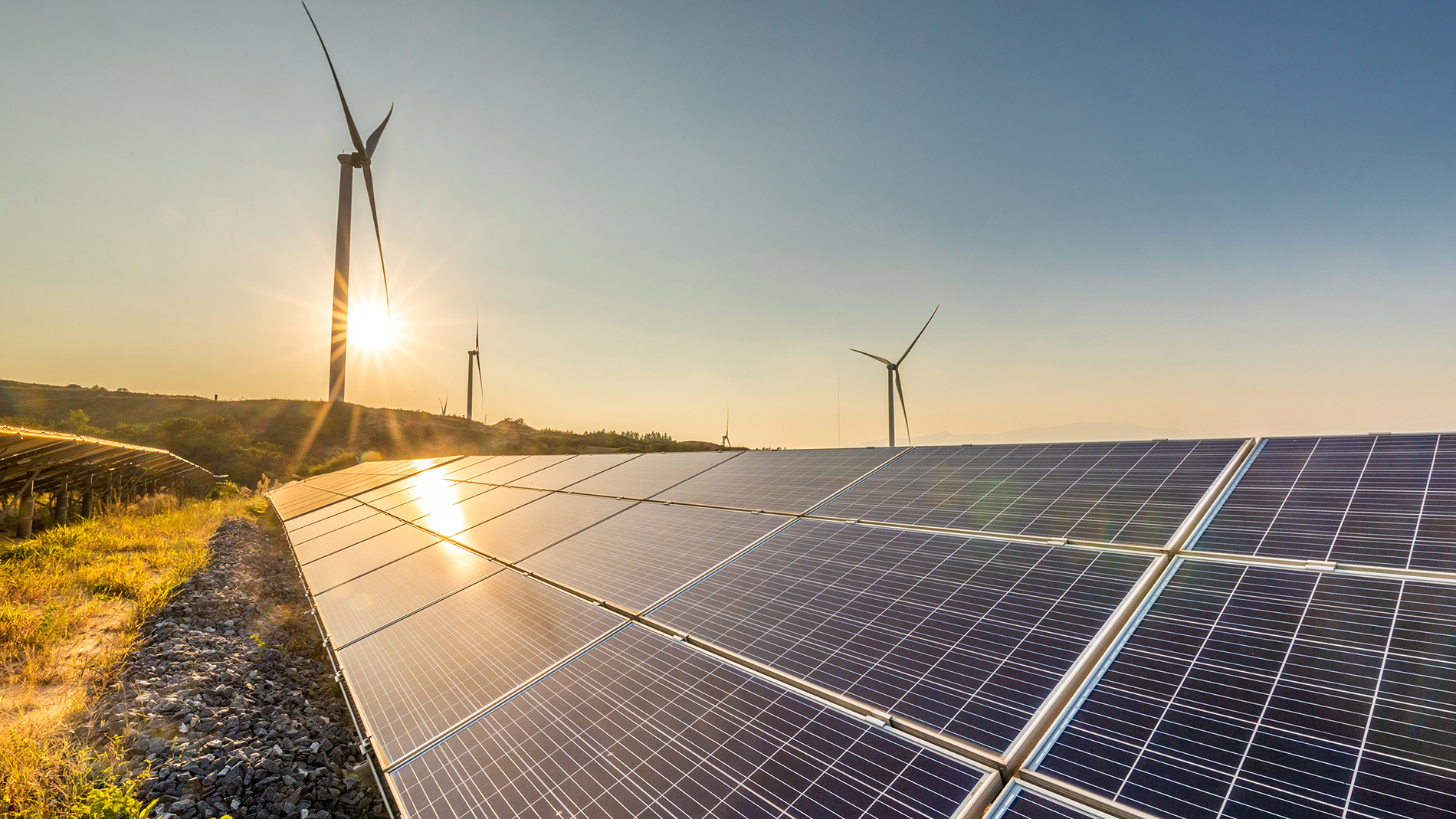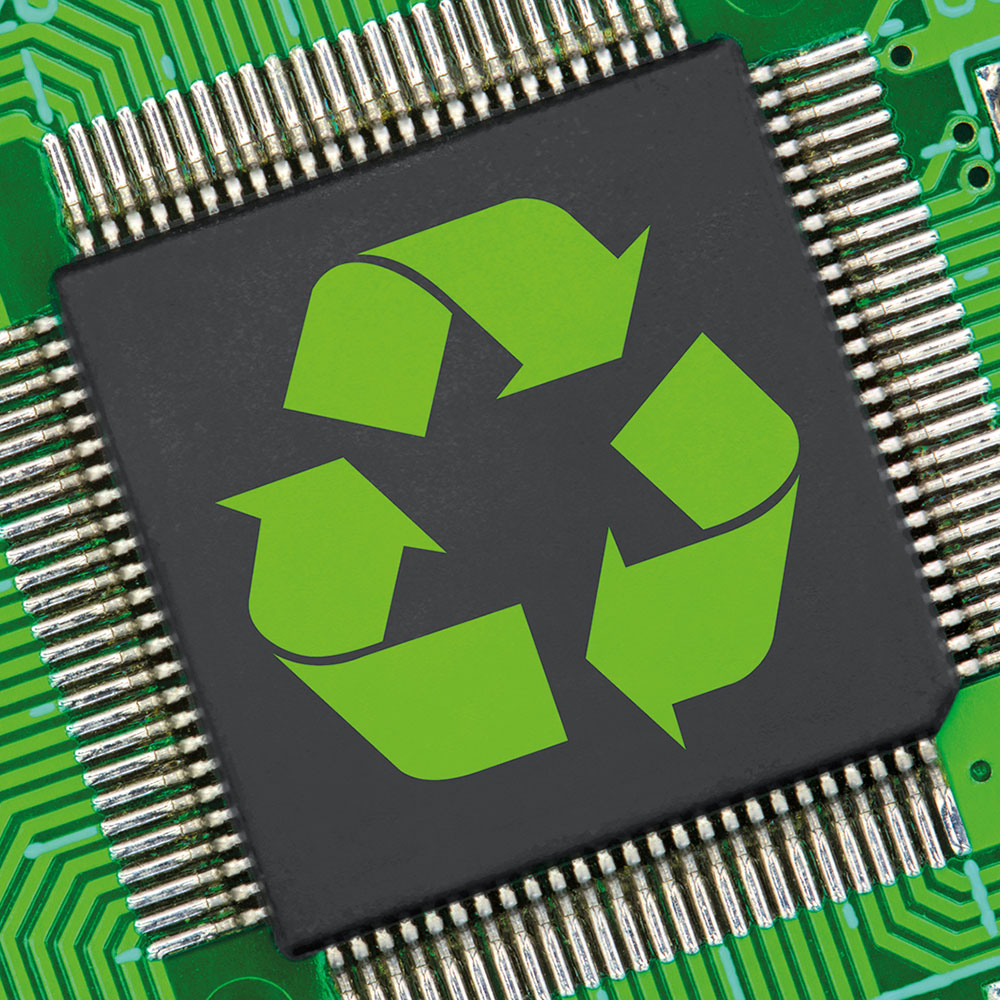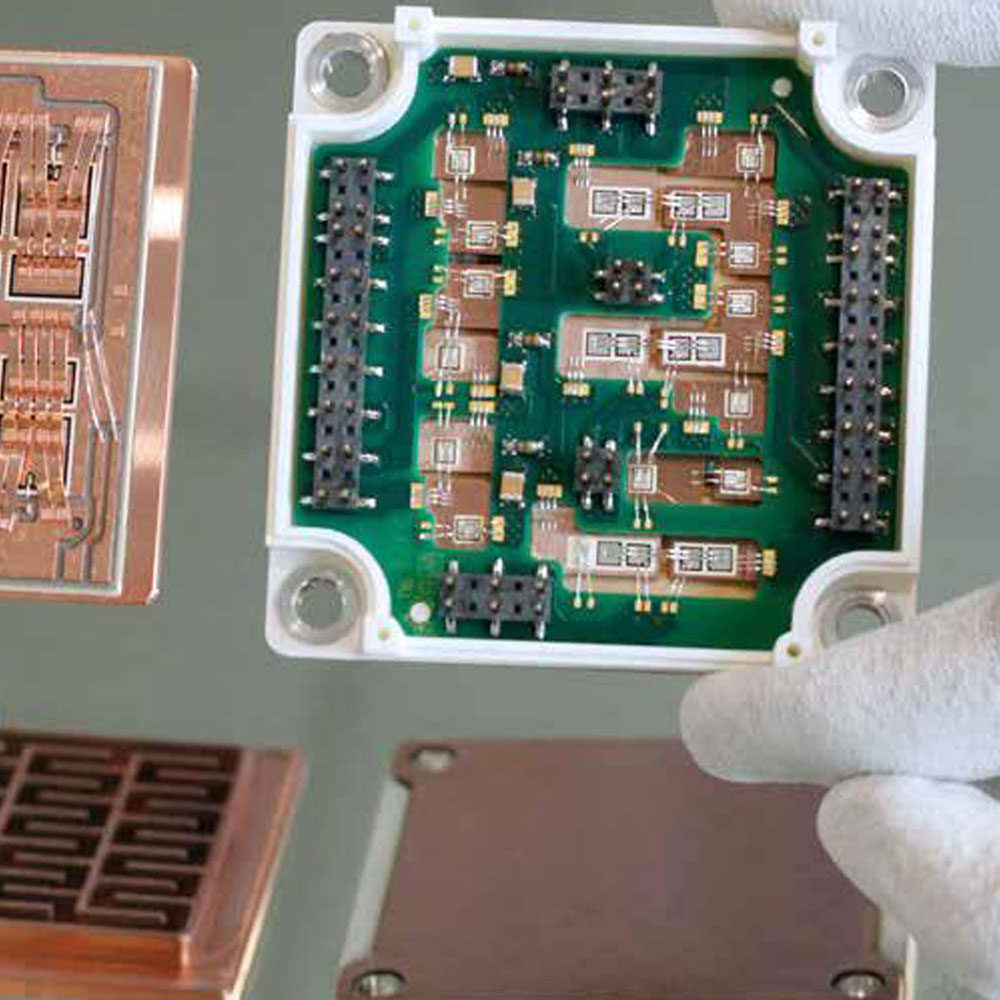Prof. Dr.-Ing. Aylin Bicakci, Professor of Packaging and Bonding and JoiningTechnologies (BJT) of Mechatronics, Kiel University of Applied Sciences
Integration of renewable energies
Particularly noteworthy among the technical challenges, is the integration of renewable energies. Power electronics controls the variable power generation from solar and wind energy to match the needs of the grid. These sources are often remote, and power electronics enables the long-distance, high-voltage direct current (HVDC) transmission of this electricity with low losses, making sure it gets to consumption centres efficiently. As each conversion loses energy (in the form of heat), every increase in efficiency in each converter module means more renewable energy that can then be used sensibly.
The smooth integration of renewable ener-gies into existing energy grids requires new approaches and innovations in power elec-tronics. For module technology, the current focus is primarily on wide bandgap (WBG) semiconductor materials. These semicon-ductors – particularly silicon carbide (SiC) and gallium nitride (GaN) – offer higher effi-ciency, lower losses, and the ability to operate at higher temperatures, frequencies, and voltages than traditional silicon devices. This increases the efficiency of energy conversion, which is beneficial for example in renewable energy generation, and in electric vehicle (EV) charging stations.
These semiconductor technologies also offer a significantly higher power density. The mod-ules can be smaller, which means they need less space, for example, when used in EVs. But it also means that the bonding and joining technologies (BJT) also need to be rethought and adapted. The thermal management of the modules is more complicated by the reduction in surface areas, and there are challenges of connecting the high powers within and at the interfaces to the module.
Long-term significance and prospects

The increasing importance of power electronics and technical know-how for the energy transition makes it a critical field. A shortage of skilled professionals, in power electronics and related technical disciplines, affects the innovation and competitiveness of the energy sector in various ways. The research and de-velopment of new technologies, systems and processes require a high level of expertise and skills. A shortage of skilled workers could mean fewer innovative solutions to the chal-lenges of the energy transition, which could ultimately slow down the speed and efficiency with which the energy industry is transitioning to renewables and sustainable practices.
At a time when there is already a decline in stu-dent numbers for technical subjects, attracting the next generation of engineers to work on these challenges requires a multilayered approach. This needs to start with programs that get students excited about STEM subjects at school. Workshops, summer camps and competitions that make technology and science fun can inspire young people to study technology in the long term. It is in the interest of academia and industry to come together to increase the interest in STEM subjects, as well as in technical courses in further education. Prospective students need to be aware of the diversity and importance of technical profes-sions, as well as the creativity associated with developing innovative solutions.
For power electronics in particular, the social and environmental impact of the work, as well as the diverse and global career opportunities in the sector are helpful in attracting motivated talent. A solid theoretical foundation remains essential – and we cannot pretend these are simple subjects. But first and foremost, education needs to be practical, with partnerships between universities, research institutions and industry to make the contribution and relevance of the power engineer obvious. Guest lectures by industry experts, and company tours that show technical knowledge being applied in real situations can be very influential. But better still are learning opportunities under the real con-ditions of projects carried out in partnerships. Apart from learning valuable practical skills, the result is genuine enthusiasm for many students: These are people who want to make a difference in the energy transition. The sooner they get to participate in the development of relevant solutions, the better!
With many of today’s technological challenges being multifaceted, another important opportu-nity to attract potential students is in promoting interdisciplinarity. Universities can attract students who might not be primarily interested in a purely technical degree with courses that combine engineering with other disciplines, such as economics, or environmental and social sciences. Scholarships and financial incentives can also attract students who choose technical courses, both by reducing the financial burden and sending a strong signal of the social appreciation of these disciplines.










